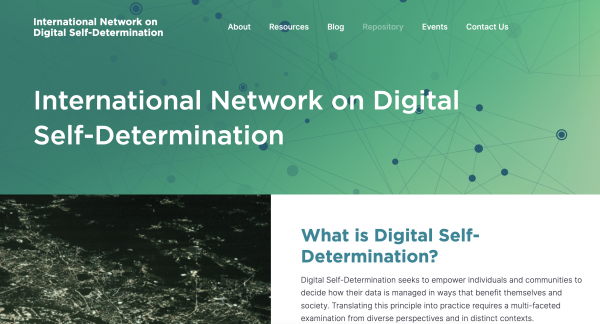New Website and Resource by the International Network on Digital Self Determination: “Digital Self-Determination seeks to empower individuals and communities to decide how their data is managed in ways that benefit themselves and society. Translating this principle into practice requires a multi-faceted examination from diverse perspectives and in distinct contexts.
Our network connects different actors from around the world to consider how to apply Digital Self-Determination in real-life settings to inform both theory and practice.
Our main objectives are the following:
- Inform policy development;
- Accelerate the creation of new DSD processes and technologies;
- Estabilish new professions that can help implement DSD (such as data stewards);
- Contribute to the regulatory and policy debate;
- Raise awareness and build bridges between the public and private sector and data subjects…(More)”.

